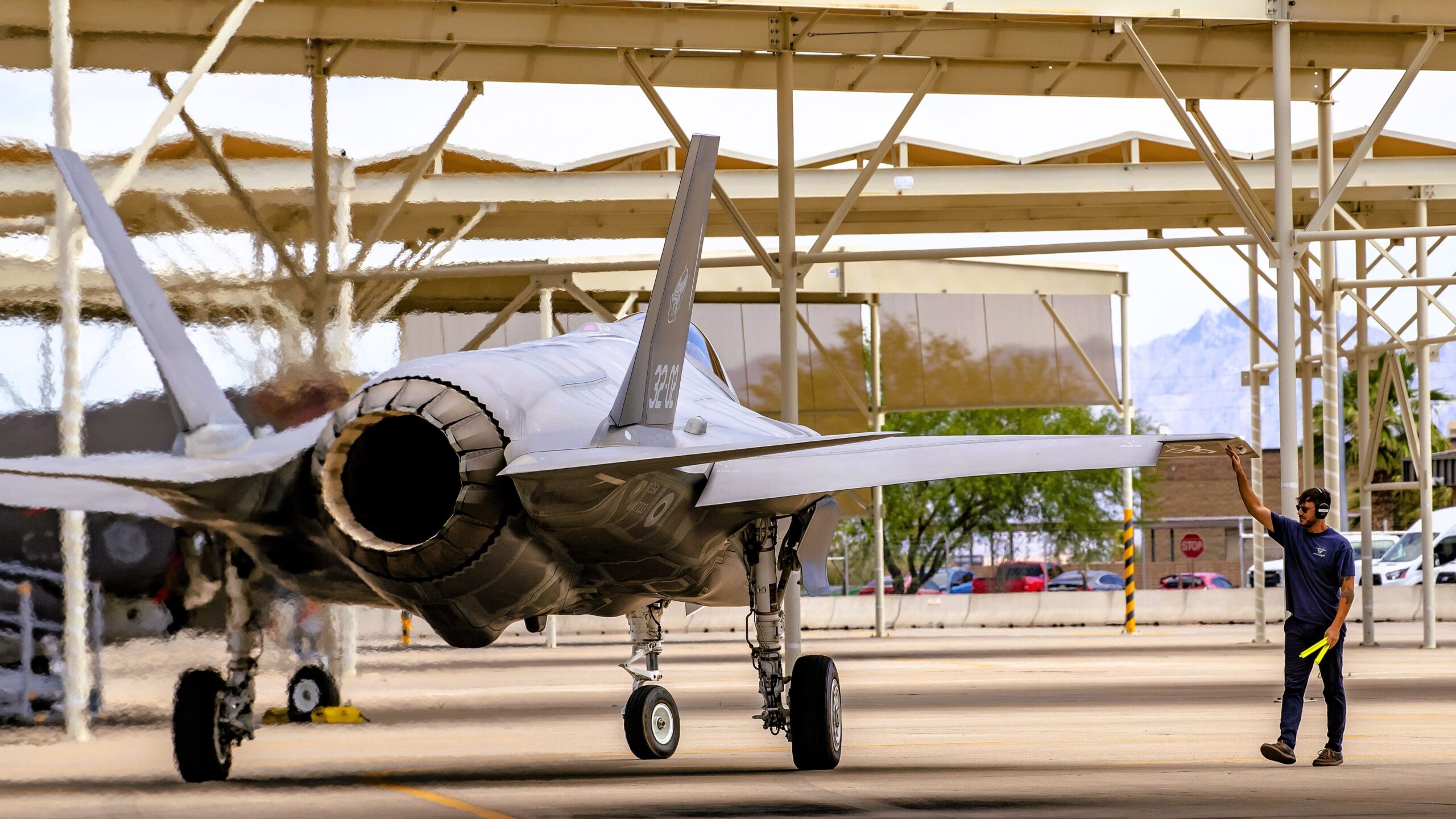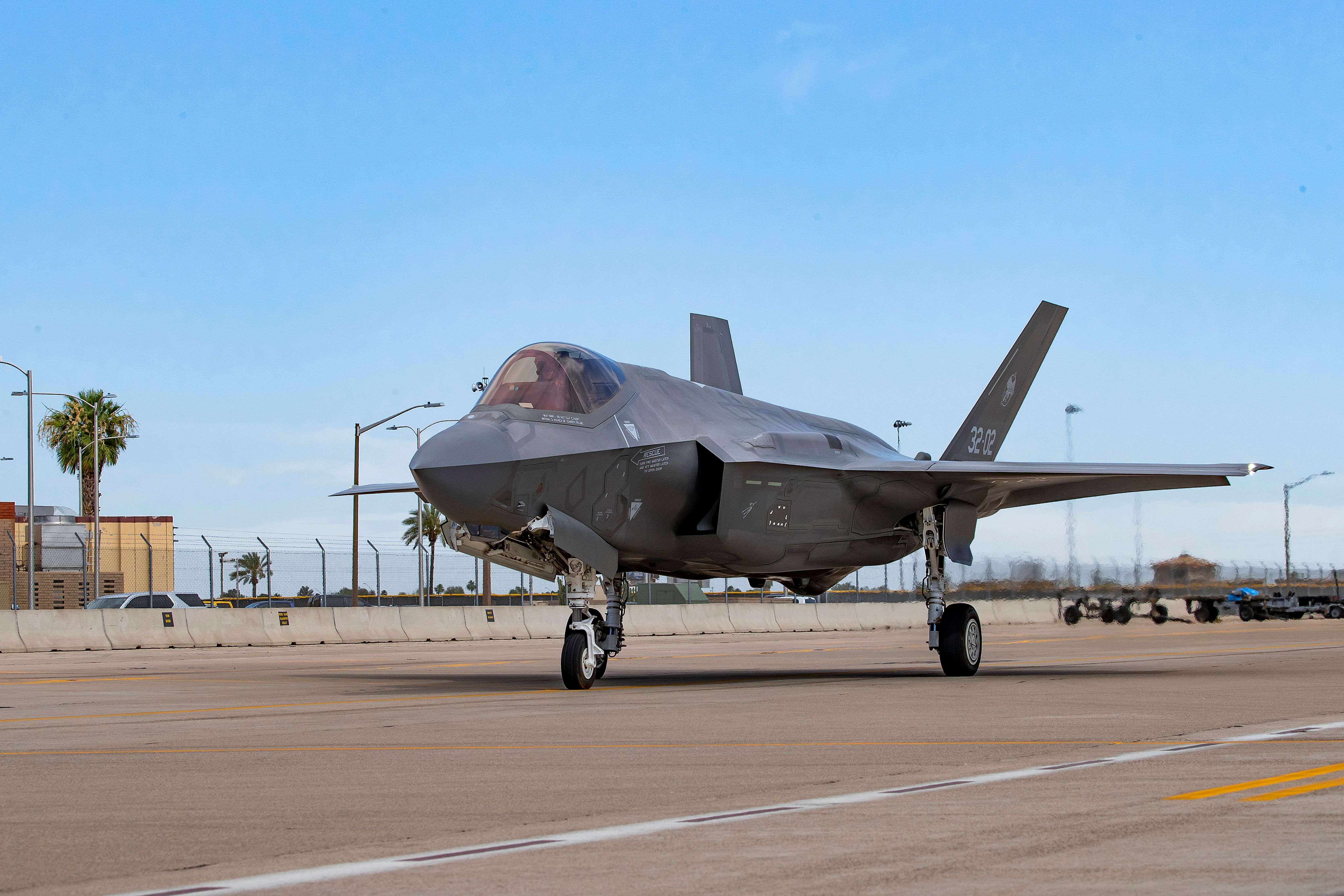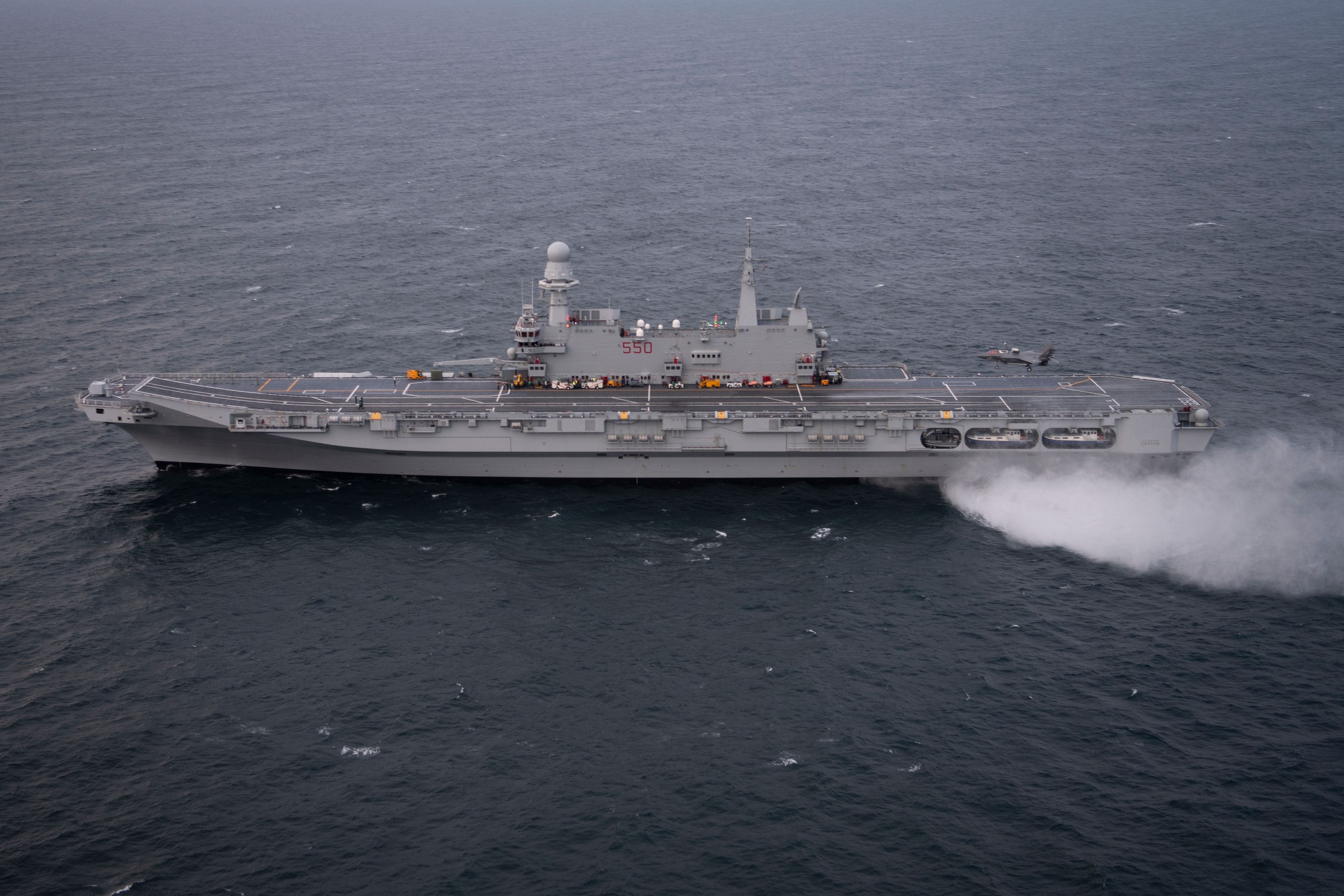Summary
- Italian Air Force establishing F-35 OCU at US Air Force’s Luke AFB, Arizona for pilot training.
- Pilots will learn to operate advanced sensors, weapons, and tactics in the F-35.
- Italy has ordered 60 F-35As and 30 F-35Bs, with F-35Bs capable of vertical take-offs and landings for naval operations.
The Italian Air Force is establishing a new operational conversion unit (OCU) in the 156° Gruppo (Squadron) to train Italian Air Force pilots to fly the F-35 Lightning II (aka Panther). Since Italy does not have large areas, the F-35 OCU will be located at the US Air Force’s Luke Air Force Base in Phoenix, Arizona. This decision translates into a good time to look at Italy’s relationship with the F-35.
Training to operate the F-35
Italian pilots who will go through the OCU will be pilots who successfully completed Italian lead-in fighter training (LIFT) and need to become familiar with the F-35. The F-35 comes with many advanced sensors, such as the Helmet-Mounted Display System (HMDS), AN/AAQ-40 Electro-Optical Targeting System (EOTS), and Active Electronically Scanned Array (AESA) radar.
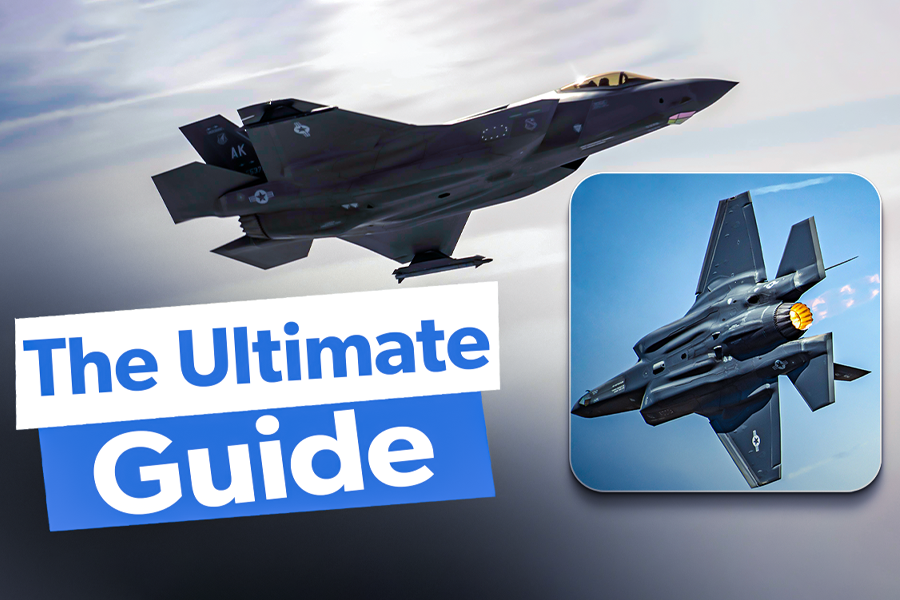
Related
The Ultimate Guide To The F-35 Lightning II’s Advanced Sensor Suite
The Lockheed Martin F-35 is the world’s most advanced 5th -generation fighter jet.
Additionally, the pilots need to learn not just how to operate the sensors but also how to employ the many weapons the F-35 can carry, such as the gun, air-to-air missiles, laser-guided bombs, GPS-guided bombs, and more. So, pilots will have to learn not just how to aviate and navigate, but also dogfight and employ air-to-ground weapons.
Photo: Angel DelCueto | Lockheed Martin
Luke Air Force Base has served as the training base for Italian Air Force F-35 pilots since November 2015 and Italian pilots were stationed in the US Air Force’s 62nd Fighter Squadron – a multinational F-35 training squadron. But, according to a July 3 report by The Aviationist, the Italian Air Force is standing up its own training unit by reactivating the 156° Gruppo (Squadron), which used to fly Tornado fighter-bombers and before that, F-104 Starfighters. With the Italian military is a significant F-35 customer, the need to have an internal training unit that can do more than train new pilots but also instructors in a place with open areas for weapons ranges is a must.
Italy and the F-35
The Italians have ordered 60 F-35As and 30 F-35Bs, according to Lockheed Martin. The 30 F-35Bs are capable of vertical take-offs and landings. Below is a guide to the F-35B:
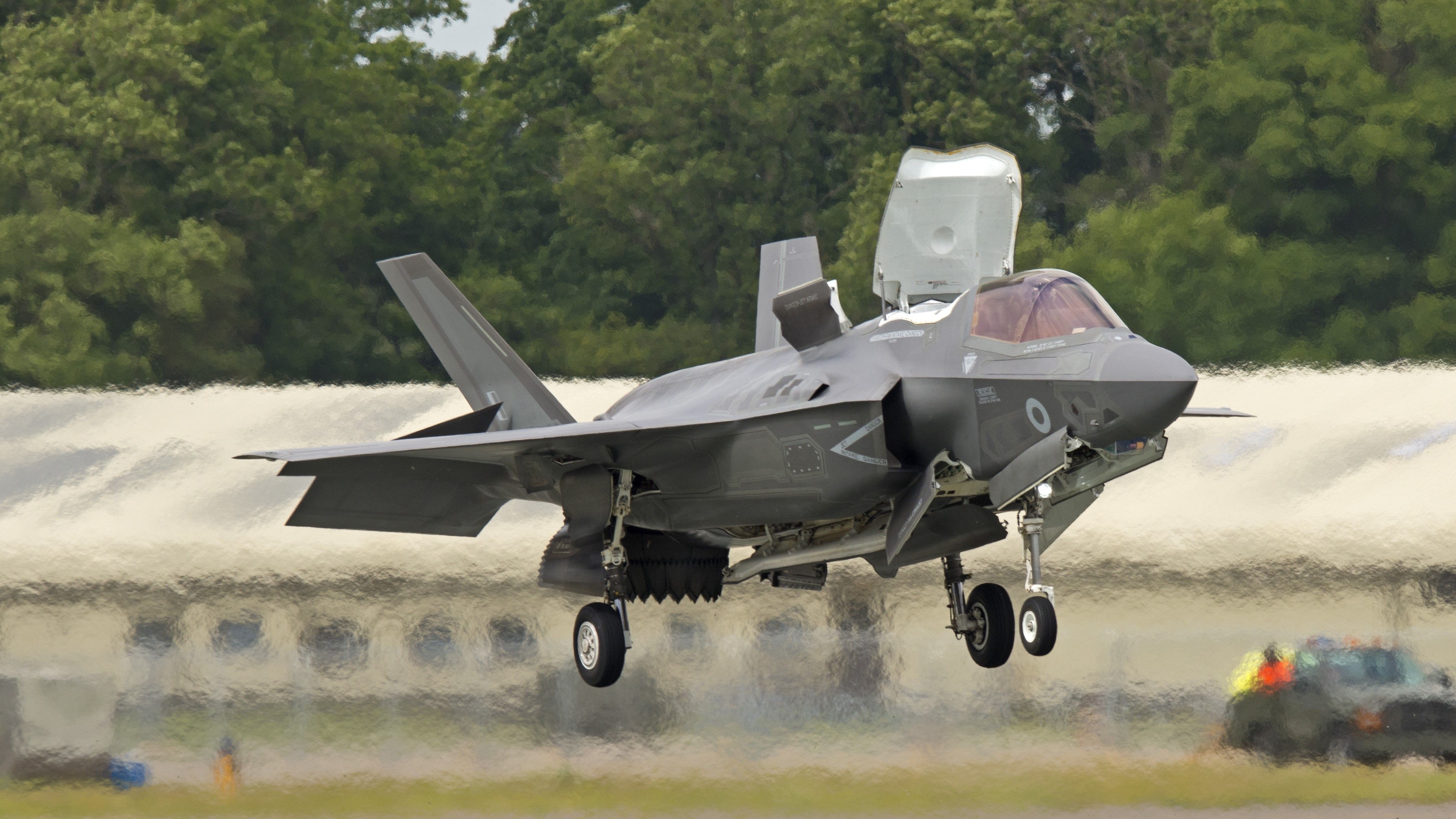
Related
Examined: The Lockheed Martin F-35B Lightning II’s Short Takeoff & Vertical Landing Capabilities
This military jet was the first one to match supersonic speeds with STOVL capabilities.
Other than having unique take-off and landing capabilities plus somewhat less payload, the F-35B is just as capable as the F-35A. But the F-35B can operate from aircraft carriers – and the Italian Navy has two in the Cavour and soon the Trieste to replace the Giuseppe Garibaldi. Below you can see the first F-35B operational test landing on the Cavour.
Photo: Lockheed Martin
The F-35B operational squadrons will operate from NAS Taranto in southern Italy and possibly another base, while the F-35As will operate from Ghedi Airbase in northern Italy and Amendola Airbase in southern Italy for starters. Again the USA’s Hill Air Force Base will have the training squadron.
Additionally, Italy is assembling and maintaining F-35s for multiple customers at the Cameri Final Assembly and Check Out (FACO) facility in northern Italy. For instance, the Netherlands will have all its F-35As assembled there, and serve as the the F-35 Lightning II Heavy Airframe Maintenance Repair, Overhaul and Upgrade facility for the European region thanks to a 2014 US Air Force contract award.
To Italians, the F-35 is “a flying brain”
To quote from a December 8, 2015 Luke Air Force Base publication of Second Line Defense, then-Chief of Staff of the Italian Air Force Lt. General Preziosa shared not just that the F-35 is “a flying brain” and “a multi-tasking aircraft” but explained why;
“Other aircraft – with the exception of the F-22 – are built to maximize out as multi-mission aircraft, which execute tasks sequentially and directed to do so. The F-35 fleet thinks and hunts and can move around the mission set as pilots to operate in the battlespace leverage the data fusion system. It is a battlespace dominance aircraft; not a classic air superiority, air defense or ground attack aircraft. It changes the classic distinctions; confuses them and defines a whole new way to look at a combat aircraft, one built for the joint force age as well.”
Hence, there is a need for high-quality training before operating the F-35 in combat. The F-35 is truly a unique combat aircraft.
What are your takeaways? Please share in the thread.

